Childhood politics weren’t played on the playground—they were played with what you brought for show-and-tell.
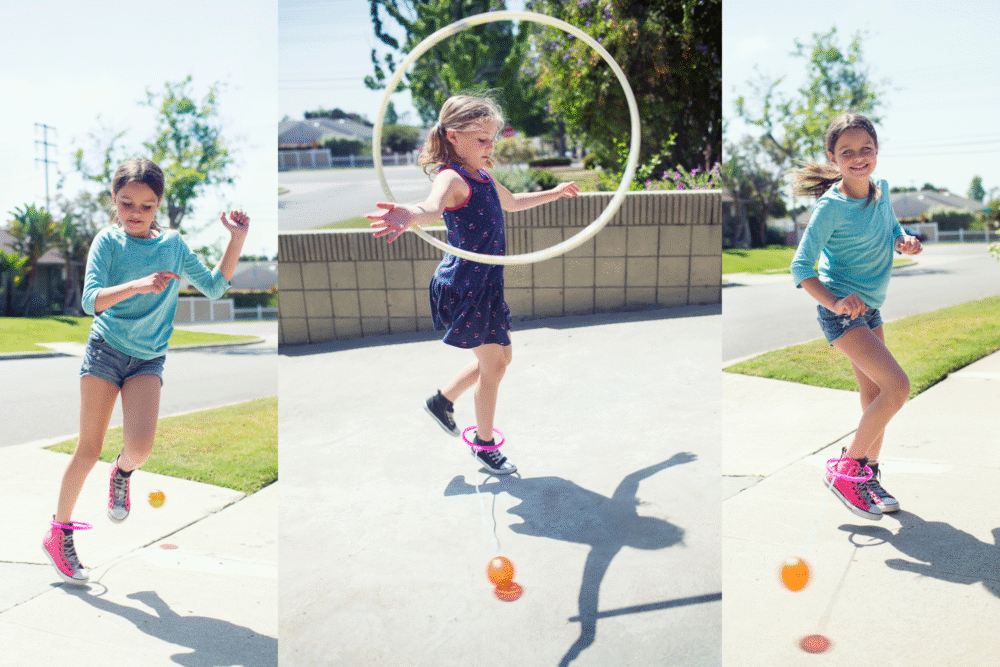
There were unspoken hierarchies in every 90s classroom, and they didn’t come down to grades or kickball skills. They came down to what you pulled out of your backpack. Your choice of toys said everything. Were you cutting-edge cool or clinging to last year’s trend? Did you have the rare edition or the knockoff?
Every recess, every lunch break, every birthday party revealed subtle rankings. You knew exactly who had it all—and who just had to pretend.
1. Tamagotchi determined if you were responsible—or tragically basic.

Having a Tamagotchi meant you were part of an elite club of digital pet owners. Keeping it alive past a few days? That was next-level. The cool kids didn’t just own one—they could manage feeding, cleaning, and discipline like tiny tech CEOs. And heaven help you if your egg-shaped friend beeped during class. Pulling it out without getting caught was an art. The bootleg versions were easy to spot and instantly judged. If your Tamagotchi died too often or reset constantly, your credibility crumbled. It wasn’t just a toy—it was a test of status, stealth, and stamina.
2. Your Game Boy wasn’t optional—it was a social passport.
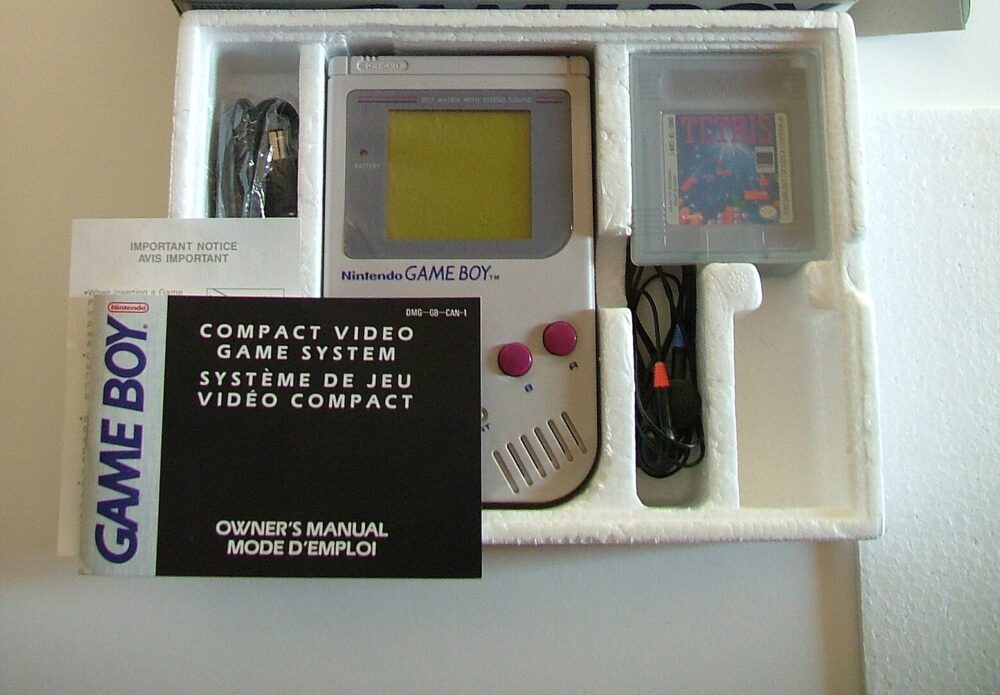
If you brought a Game Boy to school, you weren’t just the kid with the games—you were the kid with power. Everyone wanted a turn. Pokémon battles, Tetris scores, and that impossible Wario level became group obsessions. Having the newer model (hello, Game Boy Color) meant immediate dominance. But it wasn’t just owning the device—it was the games you had, the save files you protected, and the skill you showed off behind the monkey bars. If your batteries died mid-recess, your reign was over. But for a solid ten-minute round? You ruled.
3. Beanie Babies separated collectors from pretenders.
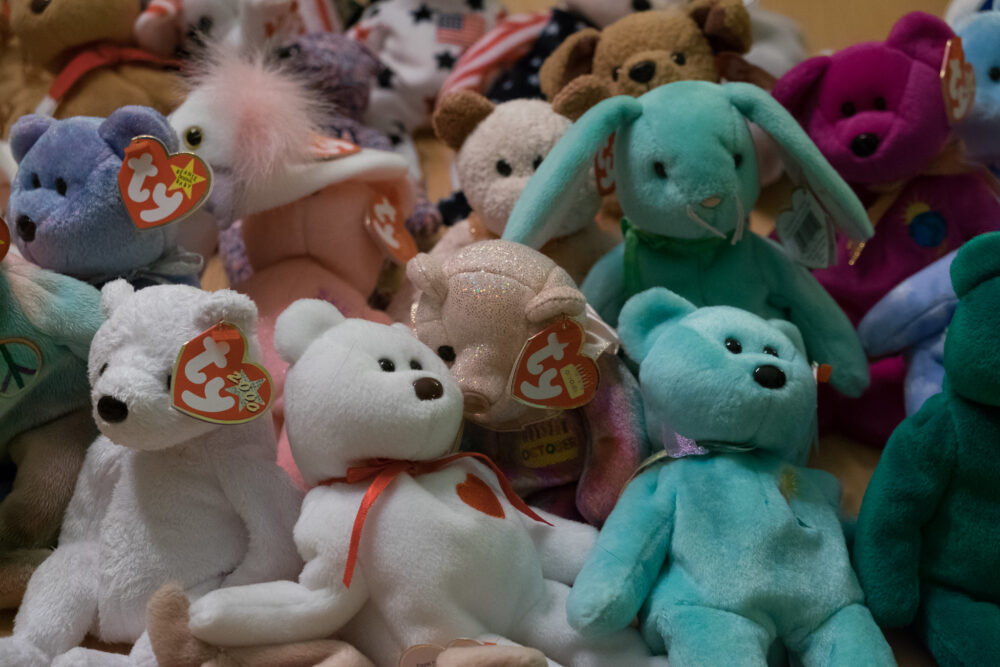
Anyone could grab a plush toy, but if you had the Beanie Babies—Princess Diana bear, Peanut the royal blue elephant, or the elusive Garcia—you were basically royalty. Kids flexed by bringing them to class in protective plastic tag covers, showing off those TY heart tags like badges of honor. Doubles were for trading, but rare ones never left the backpack. If you had Beanies your older cousin “knew would be worth money someday,” you were treated with reverence. And even if it never made you rich, owning the right Beanies made you feel priceless.
4. Lite-Brite ownership meant creative genius with a plug.
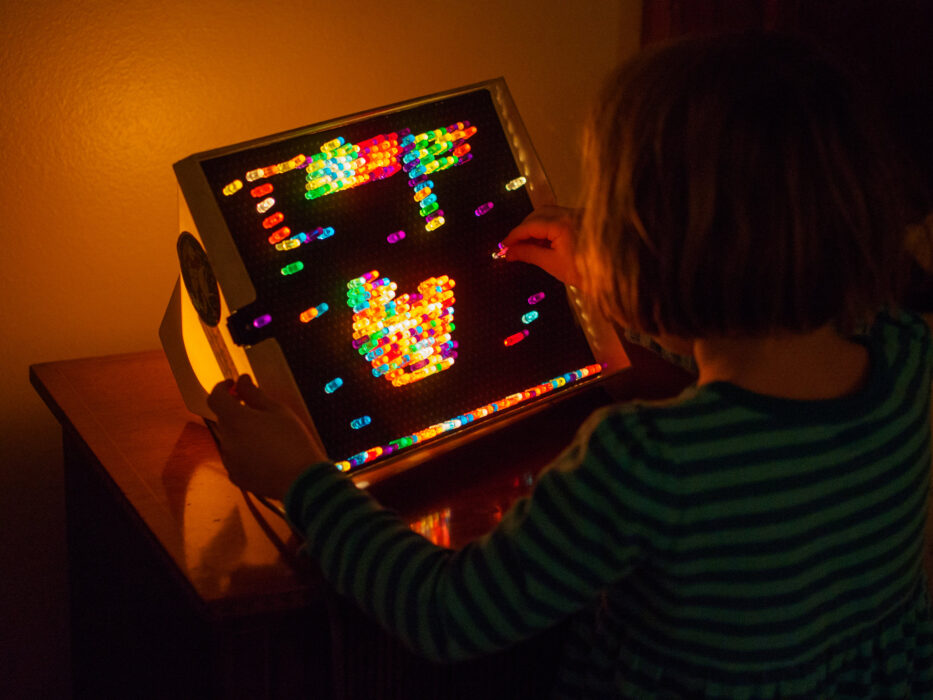
Bringing in a Lite-Brite creation for a classroom art project? Flex. If your parents let you use all the colors and didn’t hoard the black paper refills, you were living the high life. Having the branded version—not the discount store knockoff—meant your designs were crisp, the pegs clicked perfectly, and your confidence glowed just as much as your artwork. Kids who nailed the clown face or butterfly pattern earned admiration. And when your Lite-Brite stayed lit during show-and-tell without short-circuiting? That was peak prestige. Your ability to turn plastic dots into glowing masterpieces spoke volumes.
5. Skip-It was the ultimate proof of coordination and clout.
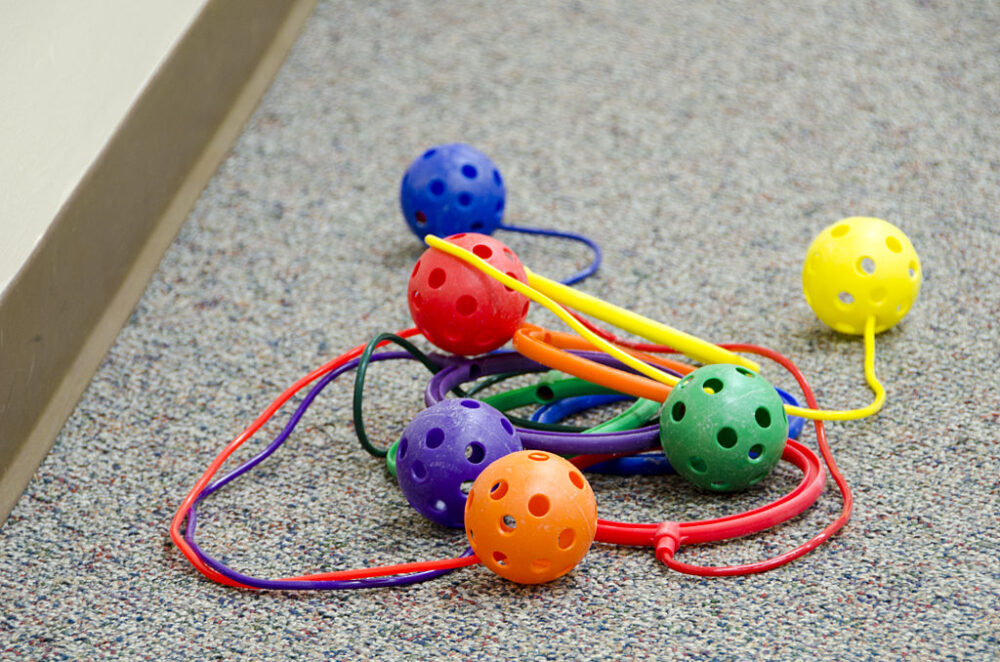
Everyone had a jump rope, but not everyone could Skip-It without face-planting. Mastering that whirring ankle circle meant you were both athletic and trendy—a rare combo. If your Skip-It had the counter, it was game over for the rest of us. You’d stomp into recess with your flashy blue or pink band and start racking up numbers like it was a sport. Watching someone hit triple digits without tripping was mesmerizing. Kids gathered to witness it. Even if your shoelaces suffered, the glory was worth it. Not having one meant spectating; owning one meant legend status.
6. Having a full set of Lisa Frank gear meant peak aesthetic power.
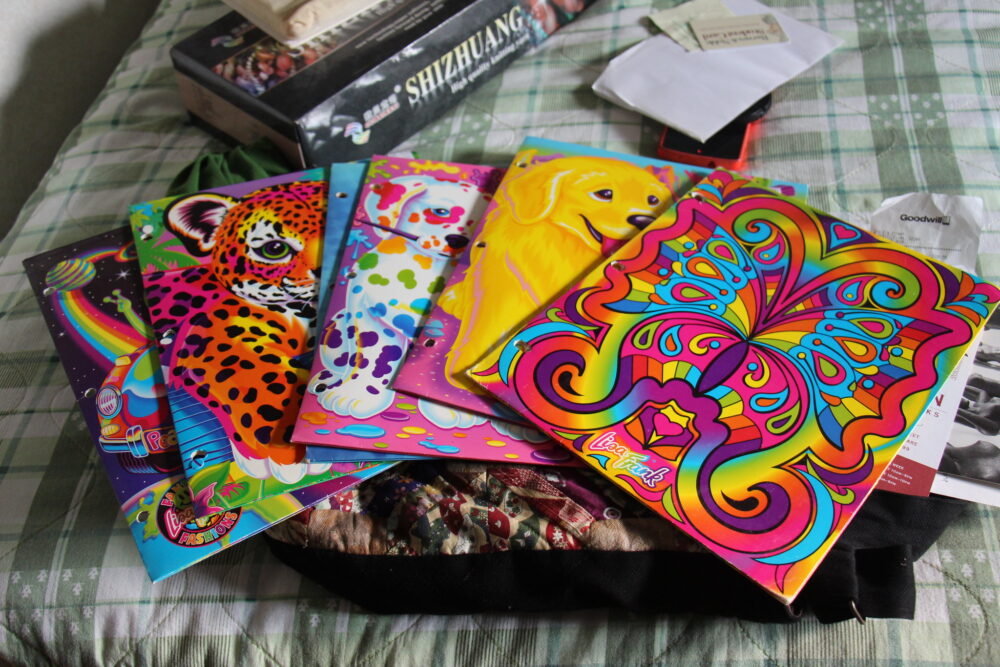
Your trapper keeper said more about you than your entire outfit. If it had Lisa Frank’s technicolor dolphins, tigers, or unicorns plastered across it, you weren’t just stylish—you were chosen. Bonus points for matching folders, stickers, and glitter pens. It wasn’t enough to have one item—you needed the whole look. Girls traded erasers and notepads like currency. The shinier, the better. Anyone with a complete Lisa Frank collection instantly became the center of every group project. Your stationery wasn’t just school supplies—it was a personal brand.
7. Pogs were the ultimate street cred currency.

If you brought a fat stack of Pogs in a plastic tube, you were not to be messed with. Slammers were your weapon of choice, and the more obnoxiously metallic or skull-shaped, the better. Kids played fast, loose, and a little too competitively. Some even got banned for flipping too aggressively. You could lose your best Pogs in a single recess—or walk away with twice as many. The risk, the drama, the addiction—it was like elementary school Vegas. You were judged by your stash and feared for your skill. That clack of a heavy slammer? Instant intimidation.
8. Talkboy meant you had Hollywood-level tech.
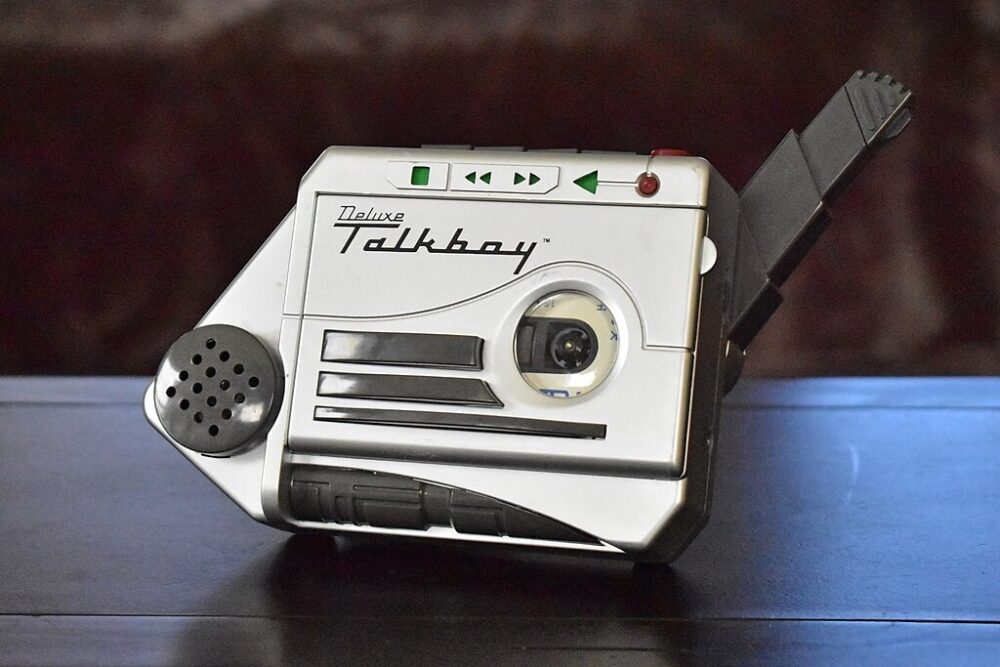
After Home Alone 2 dropped, owning a Talkboy was like holding a portable sound studio. You could record your voice, slow it down, and prank your friends into thinking your mom was calling. It was big, clunky, and completely unnecessary—but that made it even cooler. If you had the Talkgirl version? Extra points. Only a few kids had one, and they immediately became the school’s unofficial audio engineers. Lunch conversations were secretly taped. Announcements were spoofed. It was chaotic, hilarious, and gave you creative street cred no standard recorder could match.
9. Stretch Armstrong made you weirdly invincible.
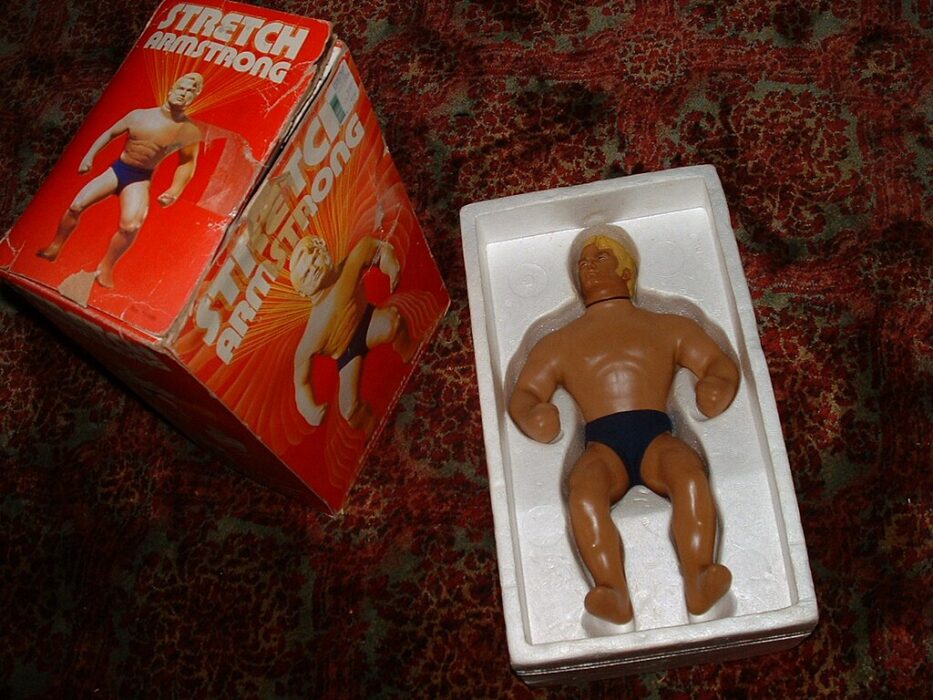
He wasn’t flashy, he didn’t beep, and he couldn’t store digital pets—but Stretch Armstrong had one thing going for him: indestructibility. If you brought him to school, kids took turns stretching him to cartoonish lengths, waiting for that mysterious ooze that never came. He was sticky, rubbery, and somehow always covered in dirt by the end of recess. But if yours had no cracks? Respect. It was a flex of durability and retro taste. Stretch didn’t talk back or light up, but he didn’t need to. His silent, stretchy confidence spoke volumes—and so did yours.
